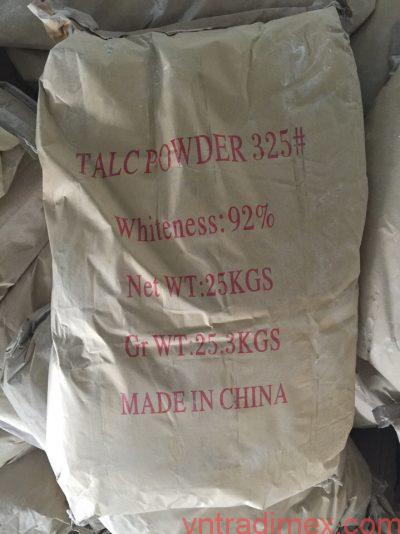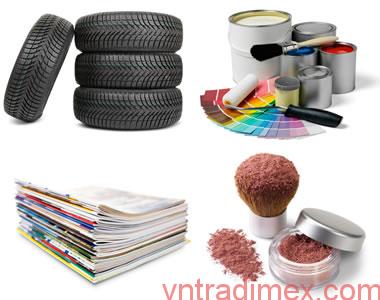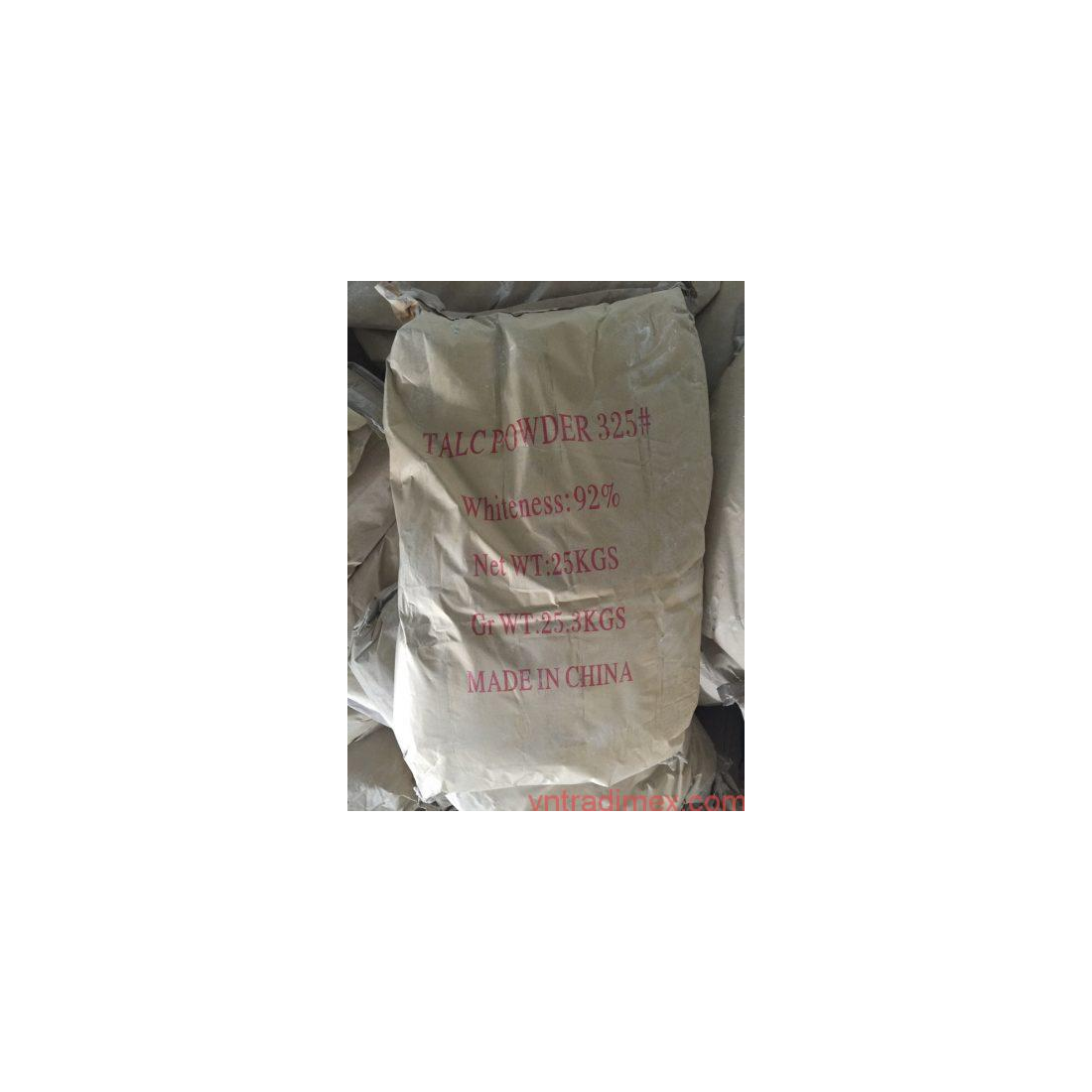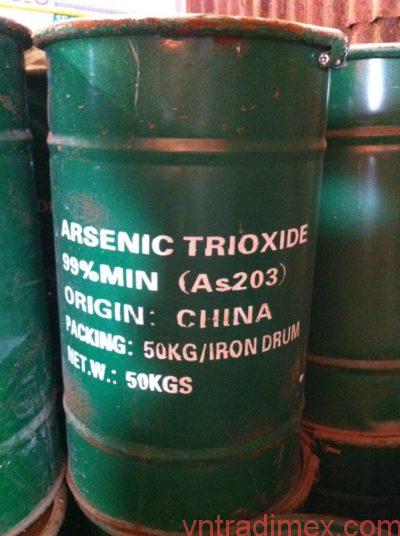Description
Talc is a soft, smooth mineral commonly used in cosmetic products, lubricants, and in the food processing industry. Join Vntradimex to learn more about Talc Powder products in the following article
Product information
Product Name: Talc Powder
Formula Name: Mg3Si4O10(OH)2
Specification: 25Kg/Bag
Origin: China
Appearance: White powder
Talc: A mineral in your daily life

Most people are familiar with the mineral talc. It can be ground into a white powder widely known as “talcum powder”. This powder has the ability to absorb moisture, absorb oil, absorb odors, serve as a lubricant and produce effective working with human skin. These properties make talcum powder an important ingredient in many baby powders, foot powders, first aid powders and a variety of cosmetics.
Another name for talc called “soft stone” is also widely known. This soft stone can be easily carved and has been used to make decorative objects dating back thousands of years. It has been used to make sculptures, bowls, tables, sinks, stoves, tobacco bowls and many other objects.
Talcum powder and soft ice are two of the more visible uses of talc for which its use is very common. Talc's unique properties make it an important ingredient in ceramics, paints, paper, roofing materials, plastics, rubber, pesticides and other products.
What is Talc?
Talc is a hydrated magnesium silicate mineral with a chemical composition of Mg3Si4O10(OH)2. Although the composition of talc often lies close to this general formula, some substitution occurs. Small amounts of Al or Ti can replace Si; Small amounts of Fe, Mn and Al can replace Mg; and, very small amounts of Ca can substitute for Mg. When large quantities of Fe replace Mg the mineral is known as “minnesotaite”. When large quantities of Al replace Mg the mineral is known as pyrophyllite.
Talc is usually green, white, gray, brown or colorless. It is a translucent mineral with a pearly luster. It is the softest known mineral and is assigned a hardness of 1 on the Mohs hardness scale.
Use Talc
Most people use products made from talc every day, however, they do not realize it is talc in the product or its special role.
1. Talc in Plastics
In 2011, about 26% of the talc consumed in the United States was used in plastic production. It is mainly used as a filler. The microscopic shape of talc particles can increase the hardness of products such as polypropylene, vinyl, plastic, nylon and polyester. It can also increase the heat resistance of products and reduce shrinkage.
2. Talc in Ceramics
In the United States in 2011, approximately 17% of the talc consumed was used in the manufacture of ceramic products such as bathroom fixtures, porcelain, ceramics and dinnerware. When used as a filler in ceramics, talc can improve the hardness and strength characteristics of the product.

3. Talc in Paint
Most paints are adhesion systems of mineral particles in a liquid. The liquid portion of the paint facilitates application but after the liquid evaporates the mineral particles remain on the wall. Talc is used as an extender and filler in paints. The microscopic shape of talc particles improves the adhesion of solids in the can and helps liquid paint adhere to a wall without sagging.
Talc powder is a very bright white color. Using talcum powder as an additive in paint production brings the effect of whitening and brightening the paint. The hardness of talc is very low so it causes little abrasive damage on nozzles and other equipment when paint is applied. In 2011, about 16% of the talc consumed in the United States was used to make paint.
4. Talc in Paper
Most papers are made from organic fiber pulp. This pulp is made from wood, rags and other organic materials. The fine mineral talc is added to the pulp to serve as an additive. When the pulp is rolled into thin sheets the mineral fills the spaces between the pulp fibers, resulting in a written paper with a much smoother surface. Talc as a mineral filler can improve the opacity, brightness and whiteness of paper. Talc can also improve the ability of paper to absorb ink. In 2011, the paper industry consumed about 16% of the talc used in the United States.
5. Talc in cosmetics and antiperspirants
Very fine talc is used as the powder base of many cosmetic products. Tiny talc platelets can stick to the skin but can be washed off easily. The softness of talc allows it to be applied and removed without causing abrasion to the skin.
Talc also has the ability to absorb oil and sweat produced by human skin. The ability of talc to absorb moisture, absorb odors, adhere to the skin, serve as a lubricant and produce effective contact with human skin makes it an important ingredient in many antibacterial agents. sweat. In 2011, about 7% of the talc consumed in the United States was used to make cosmetics and antiperspirants.
6. Talc in Roofing Materials
Talc is added to asphalt materials used to make roofing materials to improve weather resistance. It is also sprinkled on the surface of roof rolls and shingles to prevent sticking. In 2011, about 6% of the talc consumed in the United States was used to produce roofing materials.
7. Other Uses of Talc
Talc ground is used as a lubricant in high temperature related applications. It can survive temperatures where oil-based lubricants would be destroyed.
Talcum powder is used as an additive to pesticides and fungicides. It can easily be blown through a nozzle and easily sticks to leaves and stems. Its softness reduces wear on equipment used.
CHARACTERISTIC
Talc powder is a filler added to increase smoothness, gloss or foam expansion, small air bubbles in the EVA plastic industry, high reinforcing properties, reduced shrinkage, making the product less prone to cracking and cracking. Improves impact resistance of materials, increases dispersion capacity, ease of processing and contributes to reducing product costs.
Rating SALE PREMIUM MG3SI4O10 TALC POWDER
- Filter by:
- All
- 5 Star
- 4 Star
- 3 Star
- 2 Star
- 1 Star
- There are pictures (0)







